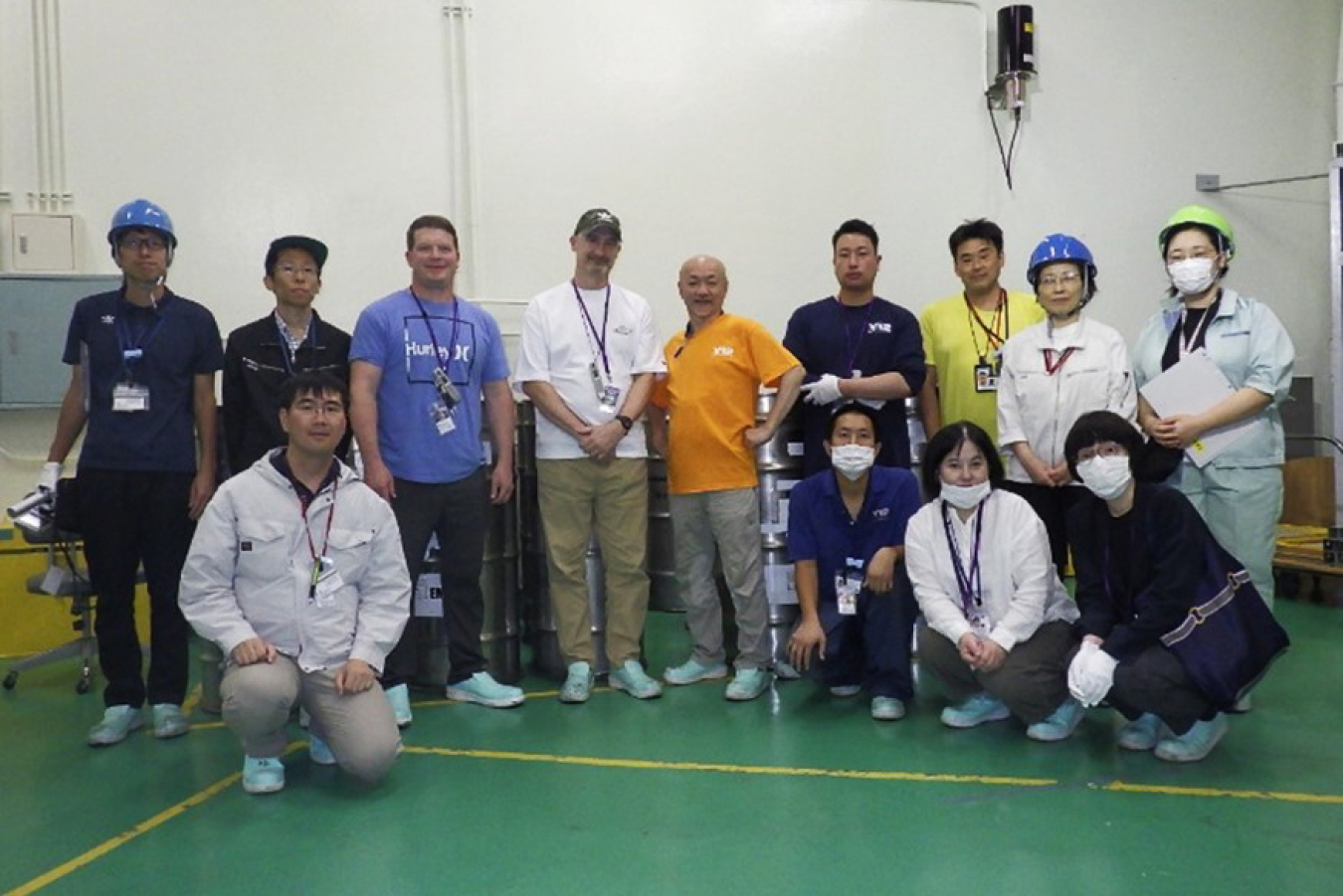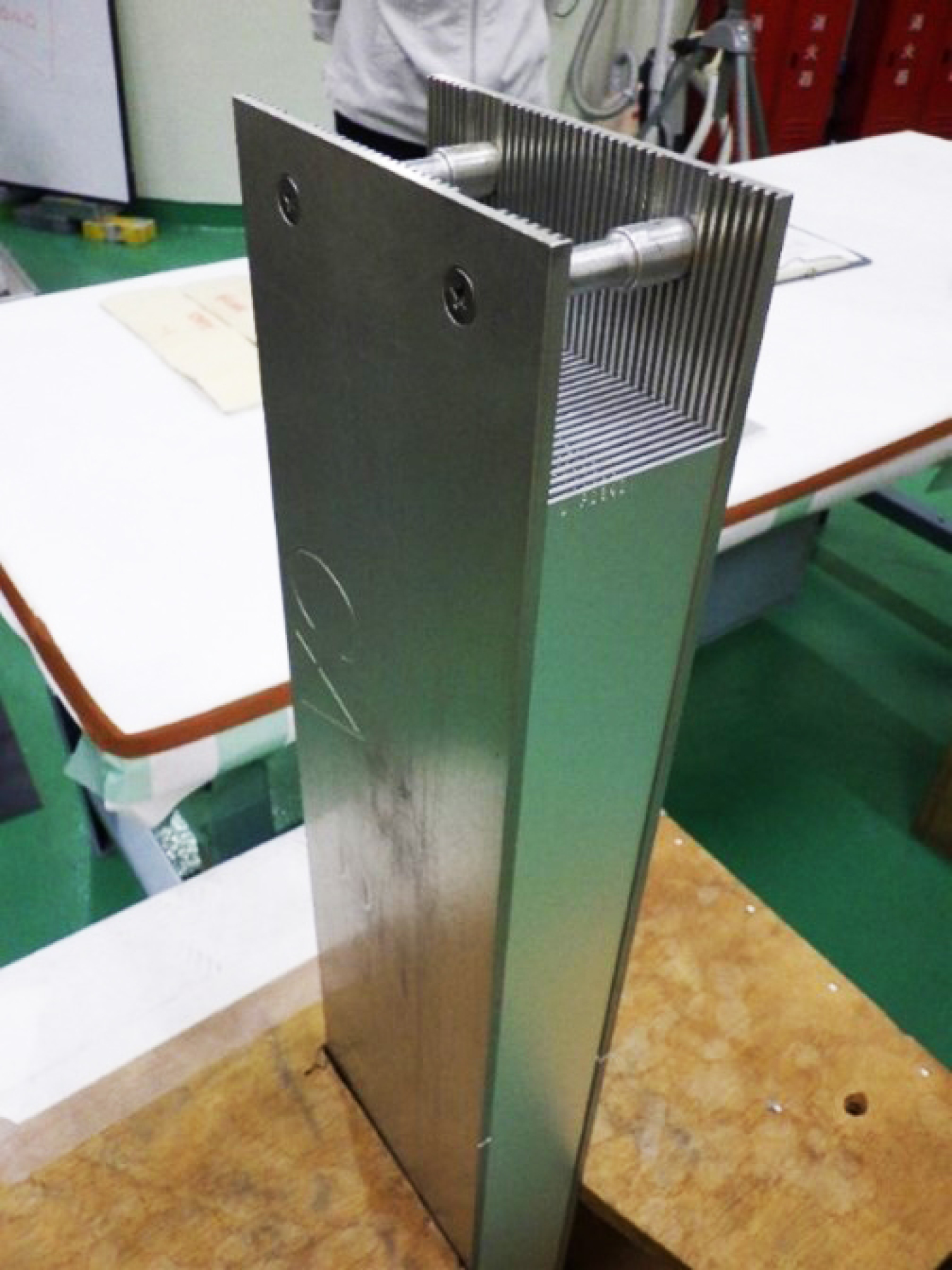The U.S. Department of Energy’s National Nuclear Security Administration and Japan’s Kyoto University have converted the Kyoto University Critical Assembly “Core C” from highly enriched uranium to high-assay low enriched uranium fuel.
National Nuclear Security Administration
November 19, 2024
Converting the Kyoto University Critical Assembly’s “Core C” to use HALEU fuel marks over a decade of U.S.-Japan collaboration
WASHINGTON — The U.S. Department of Energy’s National Nuclear Security Administration (NNSA), in collaboration with Japan’s Kyoto University, recently converted the Kyoto University Critical Assembly (KUCA) “Core C” from proliferation-sensitive highly enriched uranium (HEU) to high-assay low enriched uranium (HALEU) fuel. It is the 110th HEU facility that NNSA has converted or verified as shut down.

The KUCA conversion project started in the late 2000s and has been an important part of U.S.-Japanese collaboration on nuclear nonproliferation ever since. NNSA and Japan’s Ministry of Education, Culture, Sports, Science, and Technology (MEXT) committed to converting KUCA from HEU to HALEU fuel in a joint statement at the 2016 Nuclear Security Summit and as part of the U.S.-Japan Nuclear Security Working Group.
KUCA is a critical assembly facility that contains three different nuclear cores. The newly converted Core C uses light water as a moderator, whereas Cores A and B use solid moderators. A critical assembly is a facility similar to a nuclear research reactor that is distinguished by a flexible fuel loading arrangement. By adjusting the geometry and composition of the fuel assembly, researchers can study various reactor concepts. KUCA had been shut down since 2021 when the irradiated HEU fuel was removed.
The project faced multiple challenges in the intervening years with the design, transportation, and regulatory approval of the HALEU fuel, which were resolved through collaboration between NNSA and its national laboratories, MEXT, Kyoto University, Framatome CERCA, and other partners.
Through our close cooperation, NNSA and our partners were able to overcome the barriers to success and deliver on our shared commitment to HEU minimization.
“Through our close cooperation, NNSA and our partners were able to overcome the barriers to success and deliver on our shared commitment to HEU minimization,” said Kasia Mendelsohn, Principal Assistant Deputy Administrator for Defense Nuclear Nonproliferation. “We are grateful to the entire multilateral team for seeing it through.”
HEU is a proliferation-sensitive material that, if diverted or stolen, could be used as a component of a nuclear weapon.
As a result of the successful conversion to HALEU fuel, KUCA’s Core C will be able to fulfill its advanced research and human resource development missions with fuel that presents a substantially lower proliferation risk.
NNSA and Kyoto University are also in the advanced stages of converting KUCA’s other two cores. The successful fabrication of the required HALEU fuel was announced in a U.S.-Japan joint statement at the 2024 IAEA General Conference, and the conversion is expected to be completed in 2025.

